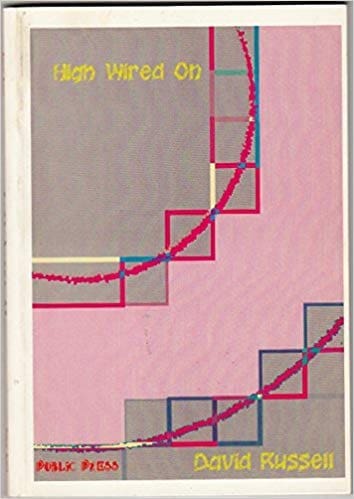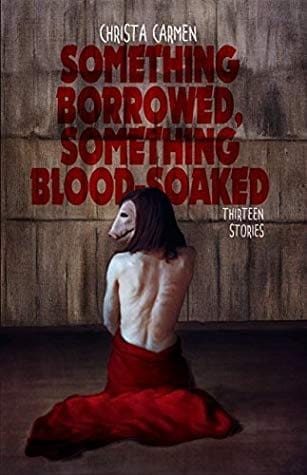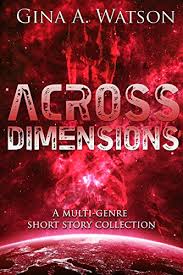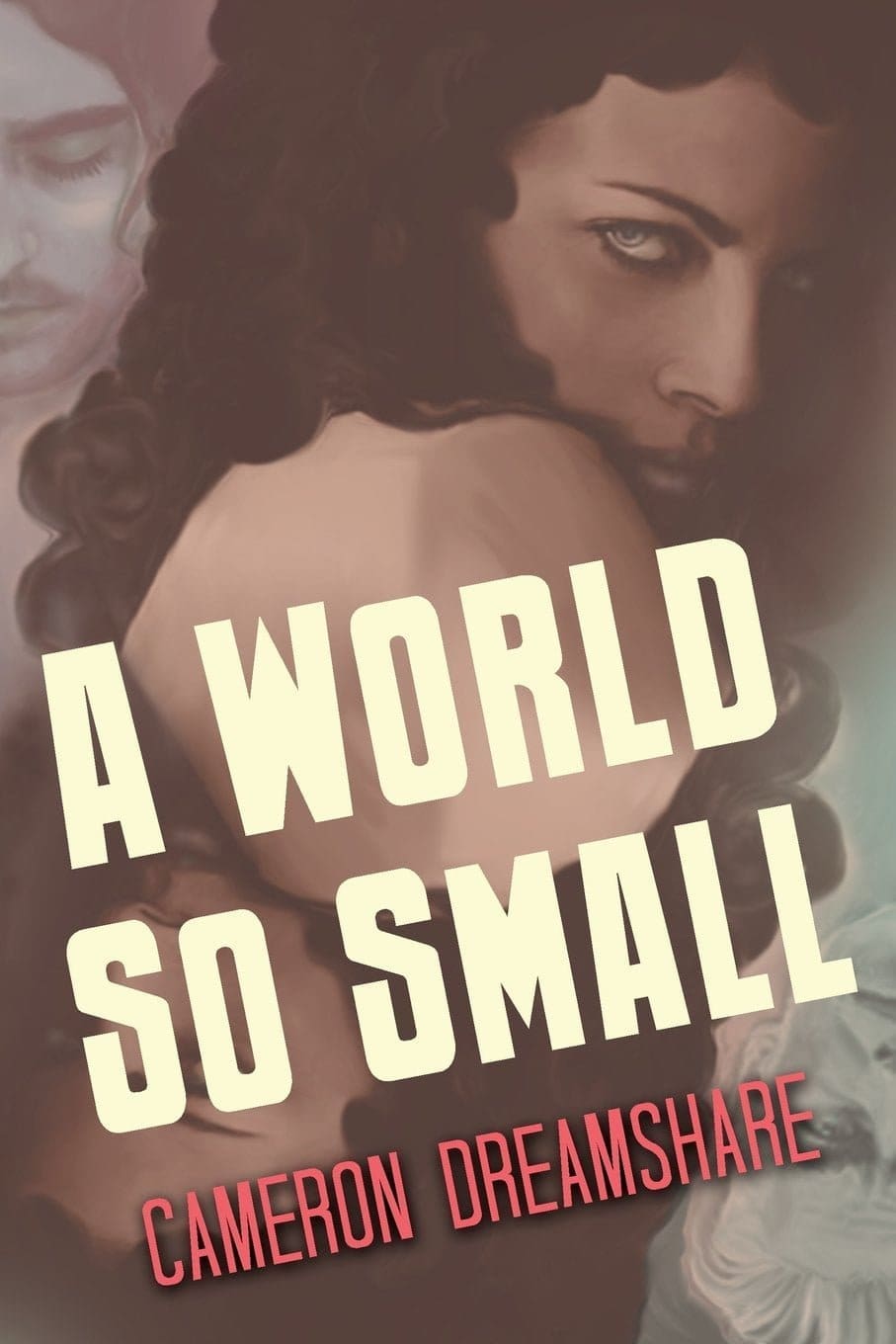Epeolatry Book Review: 100 Word Horrors Book 4

Disclosure:
Our reviews may contain affiliate links. If you purchase something through the links in this article we may receive a small commission or referral fee. This happens without any additional cost to you.
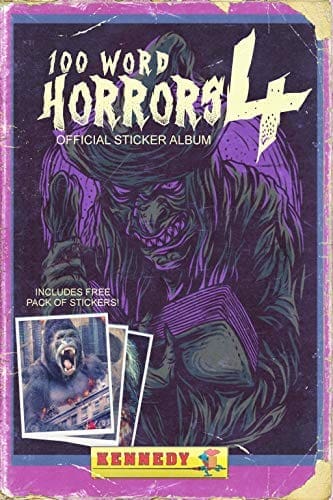
Title: 100 Word Horrors: Book 4
Author: ed Kevin J. Kennedy
Genre: Horror
Publisher: KJK Publishing
Release Date: Dec 28th, 2019
Synopsis: 100 Word Horrors: Book 4 brings you over one hundred new drabbles from a wealth of horror authors. Some new, some old, but all great. Each and every one of us hope you have a blast with the final instalment in the series.
“Jed slid the file under his thumbnail. The sound was like skittering spiders on parchment as the nail pulled away…Carla, the other server, says I’m crazy – over a hundred people have jumped to their deaths from it…he tried to stand but his body was too heavy, as if he’d suddenly gained a thousand pounds…”
Short horror fiction is a fickle medium; it attempts to achieve scares in a fraction of a story length. There’s a lot weighing on structure and delivery for an effective read. So, right off the bat, Kennedy had a hefty bar to reach, and quite the variety of terror to work with, given the 100 different stories from a plethora of authors. With a confined word limit, the authors’ creativity was tested in crafting different approaches to their tales. There are many approaches: surprise twists and role reversals, shifts in perspective and reveal about what was really going on, descriptions of horrific landscapes, or a quick song verse or stanza. In this anthology, however, the 100 stories were a double-edged sword.
While the shorter lengths served to test creative limits, it also led to rather similar conclusions, which became readily apparent when reading 100 stories. Though the content matched up with its scares, too often it shared the exact same twist or framing device. Now this isn’t necessarily a criticism; for a book as intentionally pulpy as this one, similarities came across as a good thing for any reader looking to revel in the tropes and clichés that horror is built upon.
The biggest issue with 100 Word Horrors 4 is that the word limitation itself became the bane of the authors. Word count worked against the story as authors tried to establish setting and characters in order to ensure everything was explained (so lack of proper development did not disorient the reader). With the majority of the stories laying that foundation with less buildup, the scares proved ineffective, the final stinger-sentences lost impact (or came out of nowhere), and some events held no rhythm or cohesion.
The inverse situation also played out across the pages, where a twist was revealed too early with the remaining words being used to describe how the twist worked. This ploy came across as more explanation than storytelling, nullifying the impact. The story titles themselves often spoiled the exact nature or direction of a story, devaluing that final punch and removing the subtlety to an otherwise strong story. Some authors didn’t use that final line’s potential, instead opting to end their tales rather anticlimactically, aiming for word count as opposed to making each word count.
The anthology was not all dreary, however. The strongest stories utilized the old adage, less is more. The beauty laid in what you didn’t see or weren’t told. Some authors made use of that final line to recontextualize the entire story, thereby encouraging the reader to reflect, thereby adding an extra dimension of horror to the mix. While the structure came across as formulaic, it’s how the authors utilized that design that set them apart from the horde. Minimalism was the key. Some examples of less is more in this collection: “The Guest Room”, “Getting Carried Away”, “Shingles on a Graham Cracker Roof”, “Advice”, and “Take the Long Way Home”.
If pulp horror, and especially short horror, is up your ally, 100 Word Horrors 4 makes an entertaining read. It serves as a good example of how to implement horror ideas and condense effective (and ineffective) horror down to a consumable size. So, for a quick read when on the go, or for a little nightmare each night, this anthology might be worth checking out.
Rating: 2/5 Stars
Available on Amazon.

